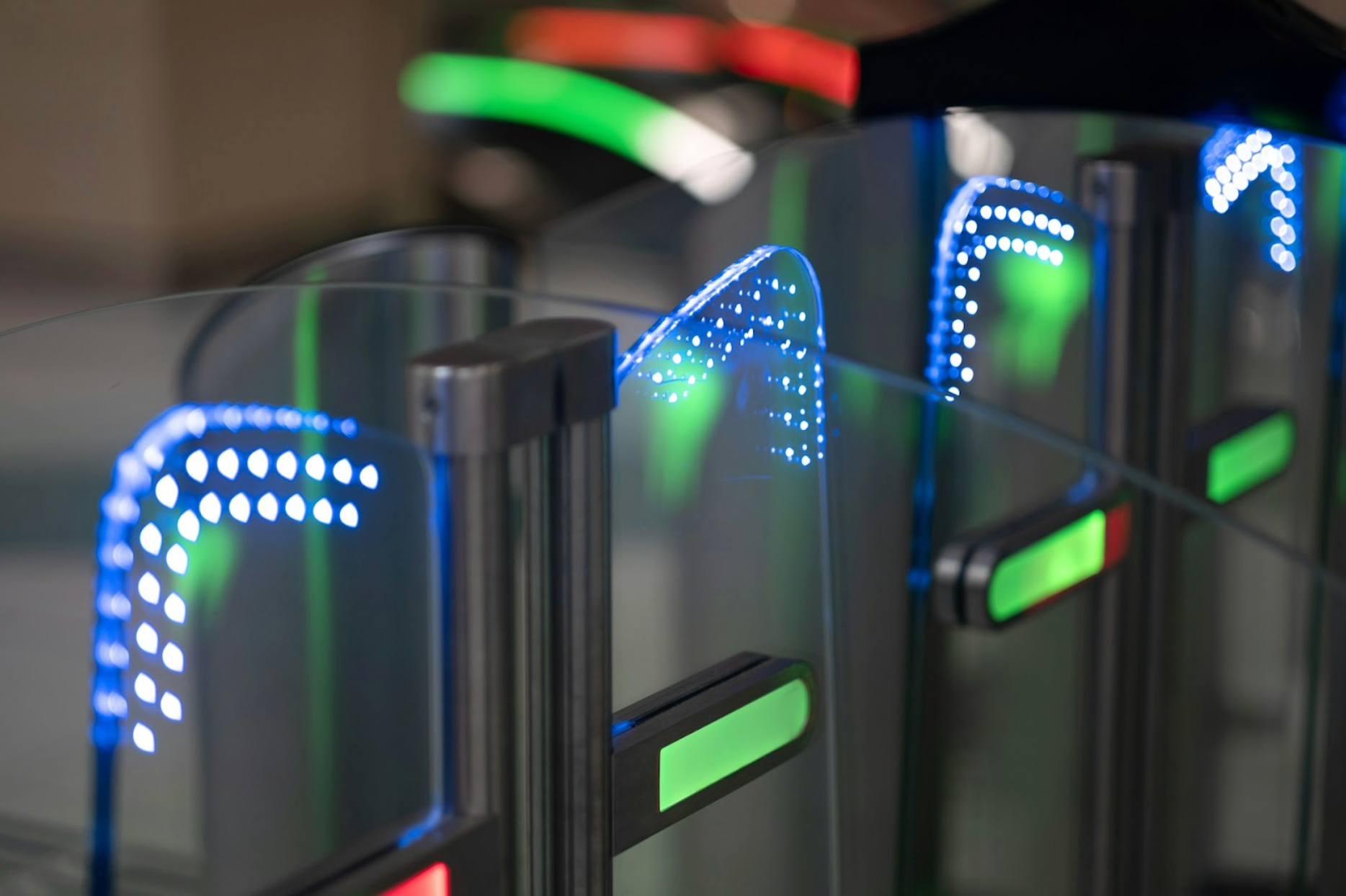Low-Voltage Wiring Solutions for Enhanced Security Systems

In today’s security landscape, system performance depends on more than just the latest cameras or access control panels. It also hinges on what ties it all together: the wiring. We understand how critical low-voltage wiring is for maintaining security system reliability, consistency, and safety across commercial properties. Our team works with industry professionals who rely on these connections daily to keep their surveillance, alarms, and access control systems running smoothly.
Understanding the cable behind the technology is a great place to start if you're aiming to design or upgrade security system connections.
Understanding Low-Voltage Wiring for Security Systems
Low-voltage wiring is commonly used to power and connect security devices without the risks associated with standard electrical current. These wires carry signals for surveillance cameras, alarm sensors, motion detectors, intercoms, and card readers. Because they transmit data and low-voltage power, they offer a safe and efficient solution for complex, integrated security systems.
What makes enhanced security wiring ideal for security applications is its ability to maintain stable communication across a network of devices. Reliable security cables help preserve video quality, reduce latency, and keep access control signals responsive. In commercial spaces, low-voltage runs can extend across entire campuses. That kind of reach requires wiring that won’t degrade under constant use.
Key Benefits of Low-Voltage Wiring in Security Systems
Reliable Communication Across Devices
Security systems depend on uninterrupted communication. It is important to focus on minimizing interference and signal loss when specifying low-voltage wiring for access control or surveillance. Properly shielded, twisted-pair cables help reduce electromagnetic interference (EMI), which can disrupt camera feeds or delay sensor responses.
Safe Power Distribution
Low-voltage cables reduce the risk of electrical shock and fire hazards. They’re safer to handle and install in tight spaces and conform to strict building codes, making them ideal for commercial properties where occupant safety is a top concern.
Cost-Effective and Scalable
From a budgeting perspective, low-voltage wiring is a smart investment. It’s more affordable than high-voltage infrastructure and easier to install. It also simplifies network expansion.
Energy Efficient
Lower voltage means lower energy use. In buildings with extensive security coverage, this can create significant savings over time. These cables carry enough power to operate key devices while keeping consumption in check.
Types of Low-Voltage Security Cables
The type of cable used can vary based on the unique requirements of each security project. Below are some of the most commonly used options:
Unshielded Twisted Pair (UTP)
UTP cables are widely used in IP-based security systems. They’re easy to install, cost-effective, and great for transmitting data to networked cameras or control panels. Category 5e and Category 6 cables fall into this group and handle most audio, video, and control signals.
Shielded Twisted Pair (STP)
STP cables add an extra layer of protection against EMI. They maintain signal clarity better than UTP in environments with lots of electrical equipment or radio frequencies, making them useful for industrial sites or facilities with high interference potential.
Coaxial Cables
While coax isn’t as common in new installations, it still plays a role in analog camera systems. Coax supports long-distance video transmission and resists interference. You can see these used in legacy systems that still function reliably.
Fiber Optic Cables
Fiber optic cable is unmatched for high-speed, long-distance data transmission. It’s immune to EMI and supports higher bandwidth than copper-based solutions. When large facilities need fast, secure connectivity between buildings, we often recommend fiber as the system's backbone.
Choosing the Right Cable for the Job
Every project has unique needs. That’s why we look at system requirements before selecting cable types. Here are a few key considerations:
Power and Data Needs
Some systems require more power or faster data speeds than others. For example, high-resolution cameras on motorized mounts need better bandwidth than static door sensors.
Distance and Location
Long cable runs or cables exposed to high-interference environments call for stronger shielding and signal integrity. Fiber or STP may work better in these cases.
Compliance and Ratings
We always recommend checking whether the wire needs to meet plenum or riser requirements. Using the wrong cable in regulated spaces can lead to code violations or safety risks.
Maintenance and Upkeep Tips
Low-voltage cables may be more resilient, but still benefit from routine maintenance. Here are a few tips:
- Inspect for Wear or Damage: Look for kinks, cuts, or worn insulation, especially in high-traffic areas.
- Verify Signal Strength: If devices drop offline or slow down, test the cabling.
- Protect Outdoor Runs: Use weather-resistant jackets and conduits in exposed areas.
- Label and Organize: A well-labeled system makes servicing faster and more accurate.
Following these practices helps maintain signal quality and system performance long after installation.
The Value of the Right Low-Voltage Cable
Security systems are only as strong as the connections between their components. At Windy City Wire, we prioritize cable performance because we know the stakes. Our low-voltage wiring security options help deliver dependable performance for surveillance, alarms, and access control without compromise.
Explore our Security and Access Control wiring to find wiring solutions for today’s integrated security demands. If you’d like help choosing the right cable for your project, reach out to our team. We’re here to support your work with the right tools from the ground up.